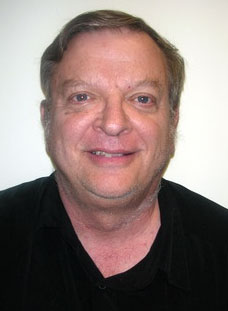A Hypothetical Experimental Device that uses the Phenomena of Light Aberration to Demonstrate that the Speed of Light is Not Necessarily Relative to the Observer
Year: 2009
The intention of this article is to describe a hypothetical experimental device for measuring the aberration of light consisting of a disk capable of rotation. In addition, the apparatus possesses a fixed central light source that emits a beam which reflects, when aligned and not rotating, off of a tangential y oriented peripheral retro-reflective mirror, whereby it returns back to the source and a fixed detector, the latter also located at the disk’s center. A retro-reflective mirror reflects light back to the source regardless of the angle of incidence of the incoming light beam, so compared to a normal mirror it is different. On one hand, in the non-rotating mode, from the reference frame of the mirror, moreover when aligned, the incident light beam is reflected normal to the mirror’s plane, consequently directly back to the source and detector. On the other hand, du ring rapid rotation, from the reference frame of the peripheral mirror, again when aligned, due to the phenomena of light aberration, the incident light beam will not be oriented perpendicular to the mirror’s plane. Rather it will be slanted at an angle, so it will not be reflected back to the either the source or detector. What is more, this article will take into consideration possible light source aberration as well. Assuming local light aberration can be detected, then the outcome can be indicative of a preferred frame for the speed of light other than the observer [Ether], or else the speed of light is relative to the source, both of which are inconsistent with Einstein’s SRT. However this concept does not invalidate SRT rather it is only an alternative interpretation. Nevertheless by using the concepts developed in this article, it will be shown how one could possibly invalidate SRT.


